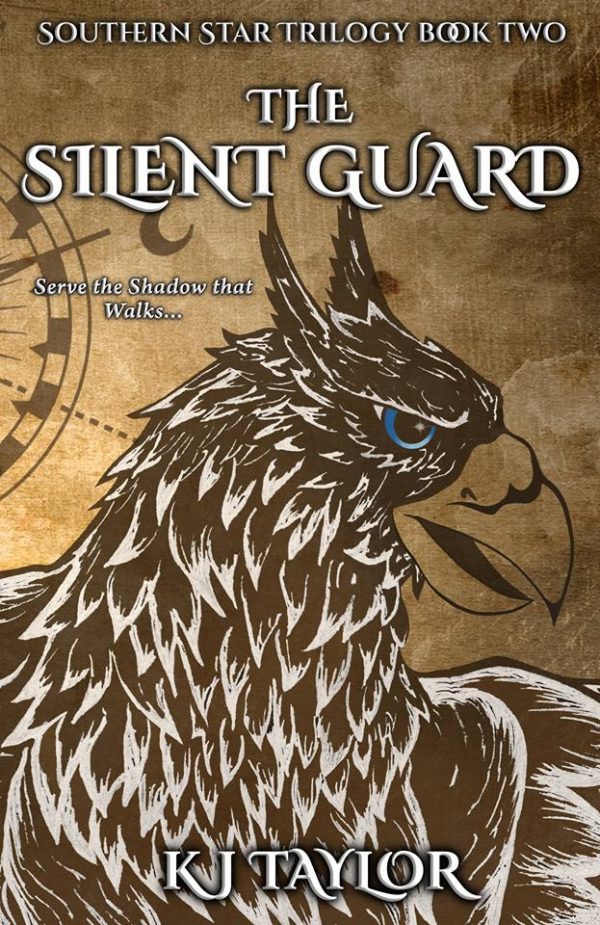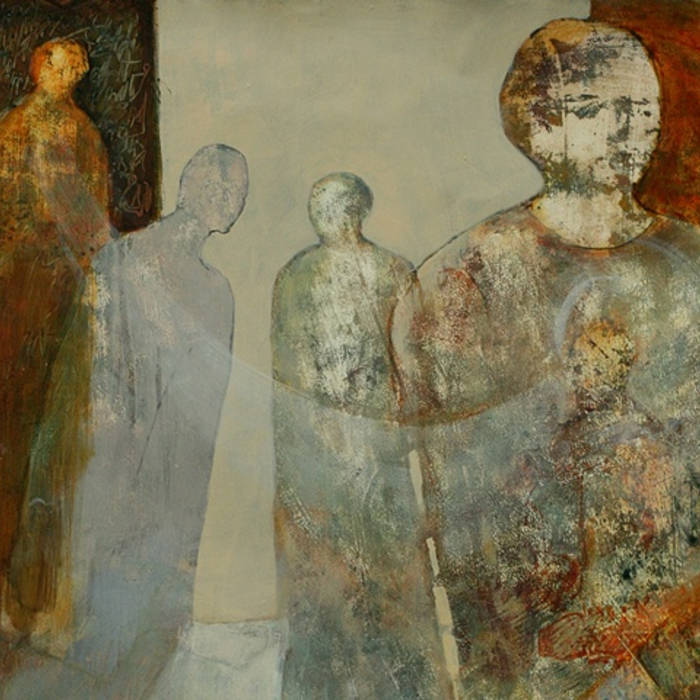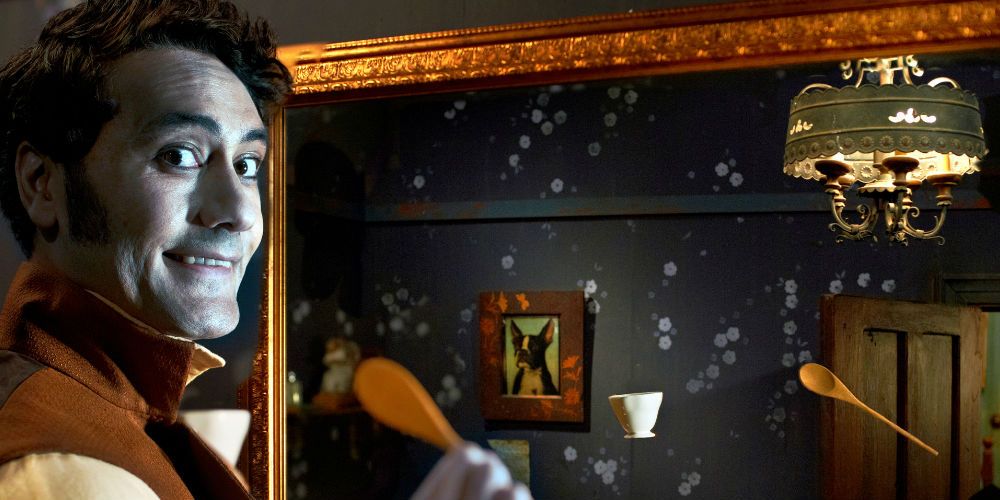


The lesser smudges, they’re just ordinary freckles. He states his fear that “these islands will merge to form a continent. When talking about his son’s birthmark, the narrator compares it to an island. This trauma is shown in scars, and is hidden in ghosts. Inherited trauma is weaved into the story through the perspective of a narrator who thinks only in the physical world, who deflects consideration of anything greater than what is skin deep. While never explicitly stated, We Cast a Shadow deals with inherited trauma.

Research has also shown that these effects were more apparent in male descendants, whose genes seemed to more acutely hang on to trauma.

Research has shown, for example, that people taken prisoner during the United States’s Civil War had kin with a higher mortality rate, regardless of class, race, etc., than people who were not taken prisoner. Inherited trauma is the idea that trauma and grief can be passed on to your next of kin, regardless of whether your progeny also experienced the traumatic event. Inheriting something that cannot be wiped away. What the narrator doesn’t fully comprehend is that he is worried about his son inheriting trauma from him. But what the narrator doesn’t realize is that he is only thinking surface level. The narrator wants his son to have surgery to remove the mark-surgery so effective that it will remove the possibility of future generations inheriting the mark, as well. The father’s biggest fear is that Nigel will deal with all the hardships that come with being black due to the birthmark-the birthmark that came from his side of the family. The narrator thinks his son, Nigel, is white-passing, except for a “birthmark” on his face. Maurice Carlos Ruffin’s debut novel, We Cast a Shadow, follows a nameless narrator who tries to protect his son from the dangers of the world.


 0 kommentar(er)
0 kommentar(er)
